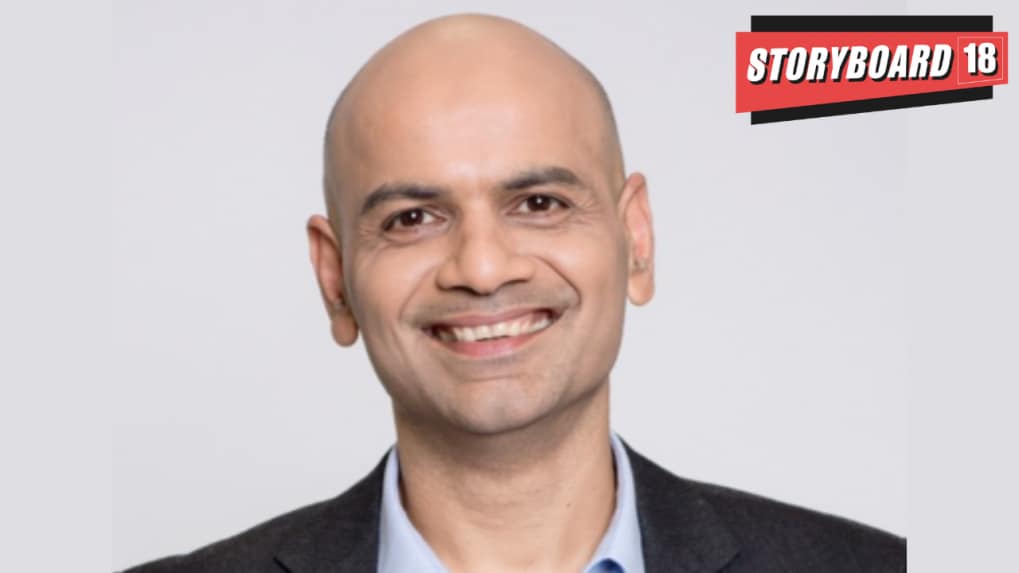Metrics for assessing brand value have evolved post Covid: Deepender Rana
Pre-Covid, factors like purpose held less prominence, but now, sustainability has emerged as a robust building block of brand equity, important for both demand and pricing power.
ADVERTISEMENT
Consumer sentiment and behaviour have evolved post Covid, and brands are adopting new methods to grow with the change and effectively engage consumers.
In a chat with Storyboard18, Deepender Rana, Executive Managing Director, South Asia, Insights Division, of analytics firm Kantar talks about why the revenues of Indian brands only saw a small dip even when global brands suffered significant lows, changing consumer preferences, the importance of brand equity, cautious optimism, and more.
Excerpts follow:
The latest report from Kantar shows that Indian brands have been resilient compared to global ones. What are the reasons for this?
Other than a minor dip in value of around 4 percent in 2022, Indian brands have been resilient. This decline, though small, stands in stark contrast to the global trend, which has seen a 20 percent drop in value.
This resilience can be attributed to two key factors. Firstly, it reflects India's stability. Secondly, India is less susceptible to global economic headwinds as only 28 percent of the value revenues of Indian brands come from their overseas operations.
Additionally, Indian brands have adeptly managed challenges such as inflation, which was a significant concern last year but is now subsiding. Their success in this regard highlights the importance of building strong brand equity. Brands with robust equity can, for instance, increase prices without losing market share.
What factors contribute to the emergence of new players in the brand valuation rankings?
The emergence of new players in brand rankings can be attributed to their ability to disrupt categories and generate substantial revenues. This disruption can be a unique business model or challenging established category norms. In many cases, it's a blend of both factors. PhonePe and Cred are the perfect two examples.
Moreover, these brands have capitalised on evolving trends, leveraging these shifts to their advantage.
However, it's crucial to acknowledge the associated risks. Startups, while rapidly creating financial value and enjoying strong investor support, can experience swift value erosion if they fail to offer a compelling value proposition. This underscores the enduring importance of brand equity.
Before the pandemic, brand equity was already significant, and this importance remains undiminished in the post-Covid landscape as well. However, the metrics for assessing brand value have evolved. Pre-Covid, factors like purpose held less prominence, but now, sustainability has emerged as a robust building block of brand equity. Brands must adapt to these new dimensions, harness them to boost their equity and effectively engage with consumers.
Growth of digital isn’t new but it’s still hard to ignore its scope. What are the emerging trends there?
Digital spending is set to reach 56 percent of total media expenditure, with a significant 70 percent of media spending growth attributed to digital channels. The digital landscape has evolved, encompassing diverse platforms like addressable TV, OTT, social media (e.g., Facebook and YouTube), and influencer marketing.
Measuring the impact of influencers remains challenging, though they hold substantial influence on brand ROI, as revealed by our media reaction study. However, the effectiveness of digital spending is short on robust measurement, leading to potential wastage. Unlike television, digital content can be transient.
As digital continues to expand, advertisers face increased choices and scrutiny. Furthermore, the gradual decline of cookie tracking, vital for ROI tracking, poses a significant challenge.
Thus, measuring the effectiveness of digital spending, particularly outside major platforms, becomes more complex and necessitates close attention.
There has also been significant growth outside of metros. What are your observations around brands looking to market and sell in the Bharat market?
India is incredibly diverse, with multiple facets to consider when devising a winning strategy. It's crucial to move beyond the major metropolitan areas and focus on multiple categories. There's ample room for growth, especially in burgeoning sectors like e-commerce, which is entering its second and third years of expansion.
Given India's vast untapped potential, growth will increasingly originate from smaller towns and regions. However, creating sustained value in these areas is more challenging than in tier-one cities, demanding persistent effort. Leading brands are investing in category creation, distribution, and channel development to tap into this potential.
Moreover, local brands play a significant role in rural areas, often catering to local preferences. To compete effectively, both established and local brands must adapt their products and communication strategies to resonate across diverse Indian markets.
Where are the purchases happening? Online or offline?
There's a significant consumer segment that prefers to visit physical stores for certain categories, like clothing, to feel and compare products before ultimately making an online purchase. On the other hand, some consumers research online before buying in-store. Additionally, e-commerce continues to grow across all categories, with consumers becoming savvier, aided by comparison apps.
Brands are adapting by establishing offline stores alongside their online presence, recognising the fluid nature of consumer behaviour. It's important to understand that the same person can switch between offline and online purchase depending on the category, sometimes even combining both in a single purchase journey.
The challenge lies in last-mile attribution. Marketers aim to build a strong brand predisposition offline and online to influence the moment of purchase. This report underscores the importance of brand building.
What are the big trends to look for in the rest of 2023-2024 fiscal?
Firstly, sustainability continues to gain importance and influence consumer decisions. It's key for both demand and pricing power, encouraging consumers to pay a premium for sustainable products.
Looking ahead at the next six months, there's a sense of cautious optimism. Consumer sentiment remains positive, though global factors may pose challenges. The upcoming festive season will be crucial for brands to engage consumers and drive spending. The emphasis remains on investing in the brand and in meaningful communication to make this festive season successful.


